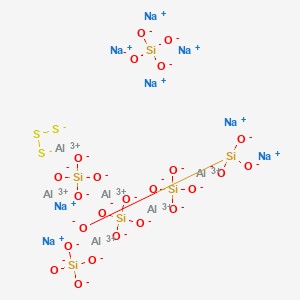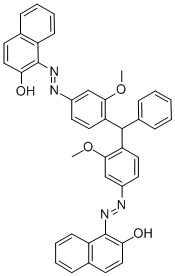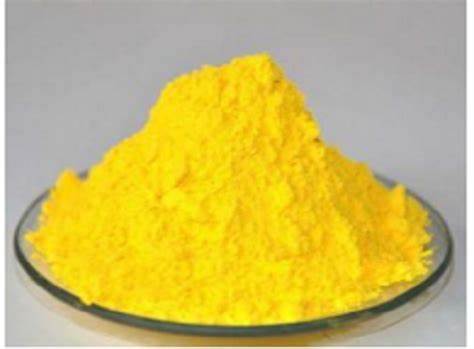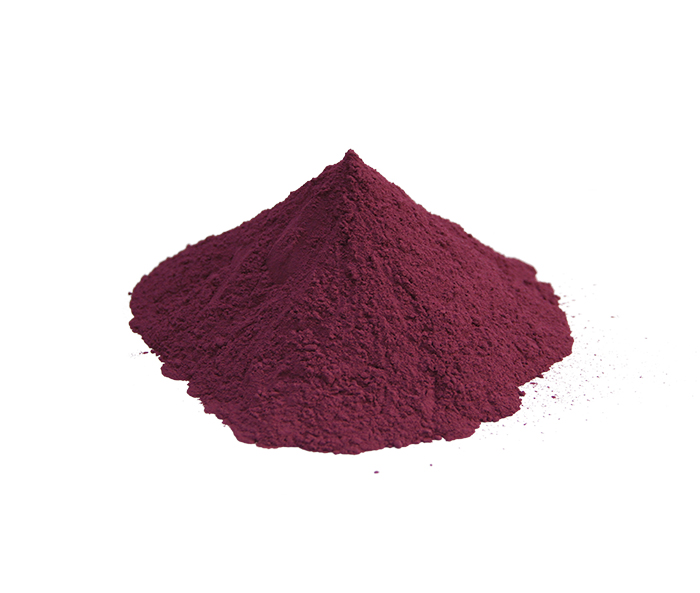Solvent Red 1 CAS 1229-55-6
| Hazard Symbols | Xi – Irritant |
| Risk Codes | 36/37/38 – Irritating to eyes, respiratory system and skin. |
| Safety Description | S22 – Do not breathe dust. S24/25 – Avoid contact with skin and eyes. S36 – Wear suitable protective clothing. S26 – In case of contact with eyes, rinse immediately with plenty of water and seek medical advice. |
| WGK Germany | 2 |
| RTECS | GE5844740 |
| HS Code | 32129000 |
Introduction
Solvent red 1, also known as ketoamine red or ketohydrazine red, is a red organic compound. The following is an introduction to the properties, uses, preparation methods and safety information of solvent red 1:
Properties: It is a powdery solid with a bright red color, soluble in certain organic solvents such as ethanol and acetone, but insoluble in water. It exhibits good stability under both acidic and alkaline conditions.
Use:
Solvent red 1 is often used as a chemical indicator, which can be used in chemical experiments such as acid-base titration and metal ion determination. It can appear yellow in acidic solutions and red in alkaline solutions, and the pH of the solution can be indicated by the change in color.
Method:
The preparation method of solvent red 1 is relatively simple, and it is generally synthesized by the condensation reaction of nitroaniline and p-aminobenzophenone. The specific synthesis method can be carried out in the laboratory.
Safety Information:
Solvent Red 1 is relatively safe under normal operating conditions, but the following should be noted:
3. Avoid contact with oxidants and strong acids when storing.
4. During use, wear protective gloves and goggles to ensure that the operation is carried out in a well-ventilated place.




![Pyrrolo[3,4-c]pyrrole-1,4-dione,2,5-dihydro-3,6-bis 4-methylphenyl- CAS 84632-66-6](https://www.xinchem.com/uploads/Pyrrolo34-cpyrrole-14-dione25-dihydro-36-bis4-methylphenyl-.jpg)



